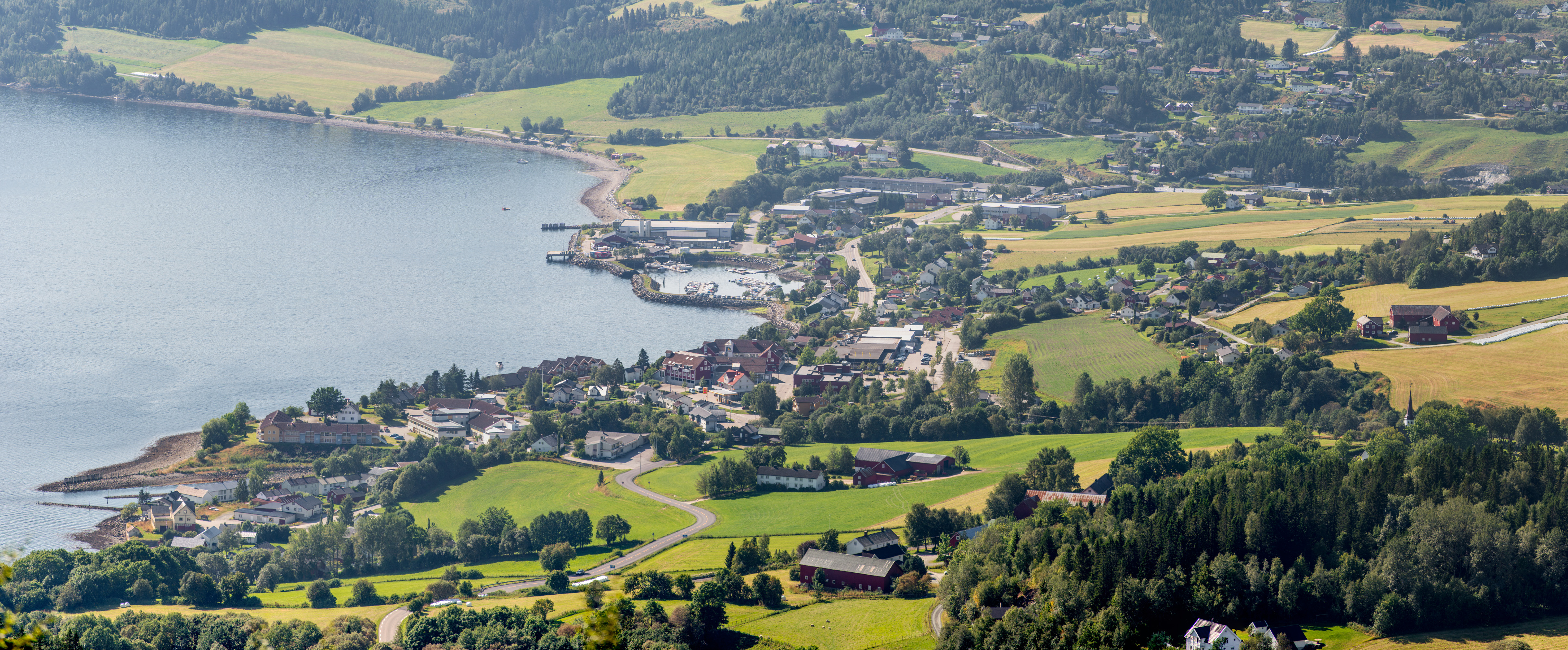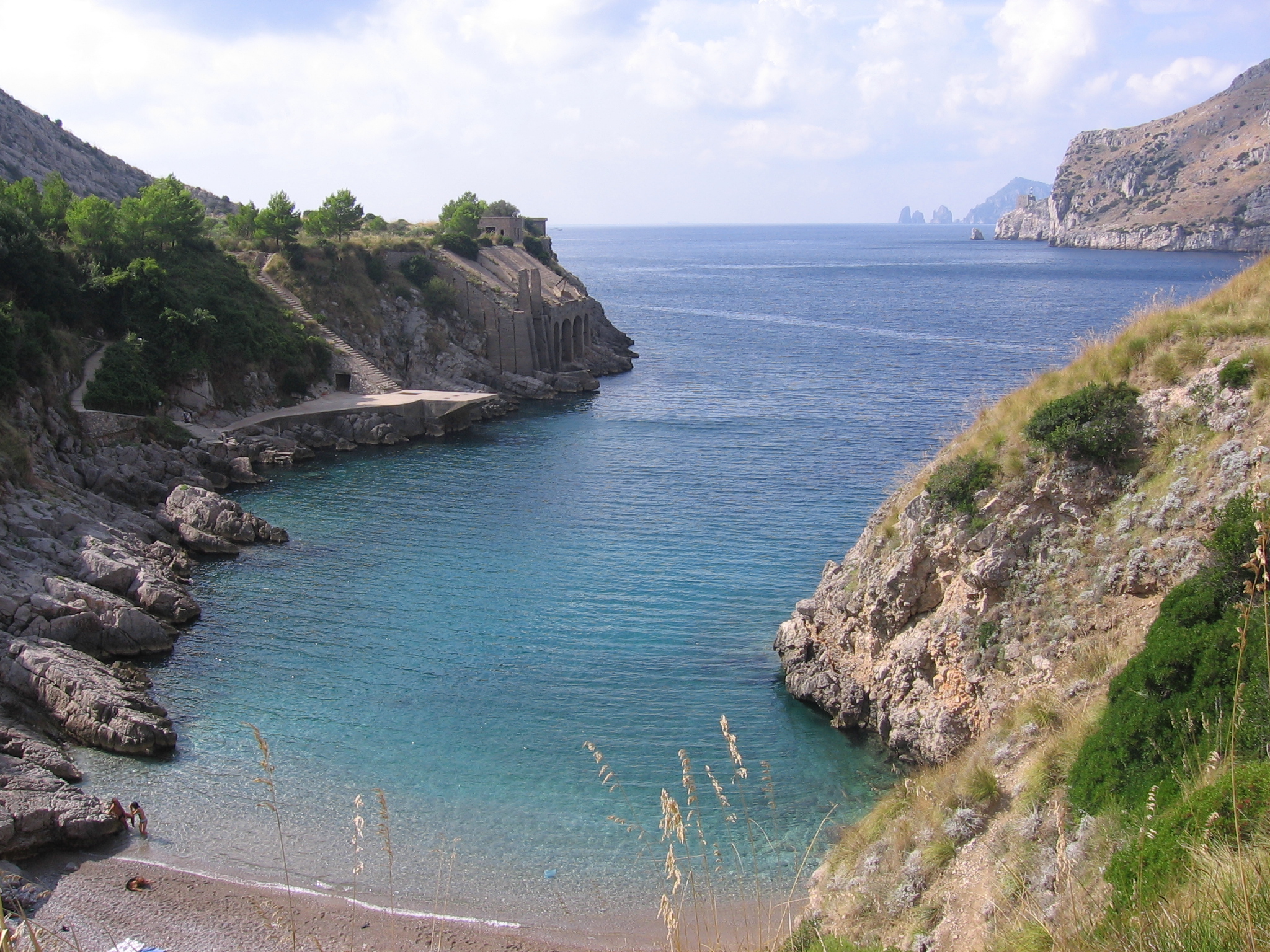|
Leksvik Sentrum
Leksvik is a former municipality in the old Nord-Trøndelag county (now in Trøndelag county), Norway. The administrative center of the municipality was the village of Leksvik. Other villages in Leksvik included Vanvikan, Seter, and Dalbygda. Norwegian County Road 755 is the main road that connected the whole municipality from north to south. The villages of Leksvik and Vanvikan were the two largest urban areas in Leksvik, notable for their high tech industries which have developed to become advanced and in demand. Areas with agriculture were also widespread, but most of the municipality was covered in forests and mountains where the wildlife ruled with animals such as moose and reindeer. The moose are sometimes seen in the heart of Leksvik and Vanvikan, where modern downtown areas with commercial and residential developments are growing. The municipality was the 220th largest by area out of the then 426 municipalities in Norway at the time of its dissolution. Leksvik w ... [...More Info...] [...Related Items...] OR: [Wikipedia] [Google] [Baidu] |
Leksvik (village)
Leksvik is a village in Indre Fosen municipality in Trøndelag county, Norway. The village is located on the western shore of the Trondheimsfjorden. The village lies at the junction of Norwegian County Road 755 and Norwegian County Road 89. Leksvik Church is located in the village. The village was the administrative centre An administrative center is a seat of regional administration or local government, or a county town, or the place where the central administration of a commune is located. In countries with French as administrative language (such as Belgium, Lu ... of the old municipality of Leksvik from 1838 until its dissolution in 2017 when it became part of Indre Fosen municipality. The village has a population (2018) of 869 and a population density of . References Villages in Trøndelag Indre Fosen {{Trøndelag-geo-stub ... [...More Info...] [...Related Items...] OR: [Wikipedia] [Google] [Baidu] |
Wildlife
Wildlife refers to undomesticated animal species, but has come to include all organisms that grow or live wild in an area without being introduced by humans. Wildlife was also synonymous to game: those birds and mammals that were hunted for sport. Wildlife can be found in all ecosystems. Deserts, plains, grasslands, woodlands, forests, and other areas, including the most developed urban areas, all have distinct forms of wildlife. While the term in popular culture usually refers to animals that are untouched by human factors, most scientists agree that much wildlife is affected by human activities. Some wildlife threaten human safety, health, property, and quality of life. However, many wild animals, even the dangerous ones, have value to human beings. This value might be economic, educational, or emotional in nature. Humans have historically tended to separate civilization from wildlife in a number of ways, including the legal, social, and moral senses. Some animals, how ... [...More Info...] [...Related Items...] OR: [Wikipedia] [Google] [Baidu] |
Inlet
An inlet is a (usually long and narrow) indentation of a shoreline, such as a small arm, bay, sound, fjord, lagoon or marsh, that leads to an enclosed larger body of water such as a lake, estuary, gulf or marginal sea. Overview In marine geography, the term "inlet" usually refers to either the actual channel between an enclosed bay and the open ocean and is often called an "entrance", or a significant recession in the shore of a sea, lake or large river. A certain kind of inlet created by past glaciation is a fjord, typically but not always in mountainous coastlines and also in montane lakes. Multi-arm complexes of large inlets or fjords may be called sounds, e.g., Puget Sound, Howe Sound, Karmsund (''sund'' is Scandinavian for "sound"). Some fjord-type inlets are called canals, e.g., Portland Canal, Lynn Canal, Hood Canal, and some are channels, e.g., Dean Channel and Douglas Channel. Tidal amplitude, wave intensity, and wave direction ... [...More Info...] [...Related Items...] OR: [Wikipedia] [Google] [Baidu] |
Genitive Case
In grammar, the genitive case ( abbreviated ) is the grammatical case that marks a word, usually a noun, as modifying another word, also usually a noun—thus indicating an attributive relationship of one noun to the other noun. A genitive can also serve purposes indicating other relationships. For example, some verbs may feature arguments in the genitive case; and the genitive case may also have adverbial uses (see adverbial genitive). Genitive construction includes the genitive case, but is a broader category. Placing a modifying noun in the genitive case is one way of indicating that it is related to a head noun, in a genitive construction. However, there are other ways to indicate a genitive construction. For example, many Afroasiatic languages place the head noun (rather than the modifying noun) in the construct state. Possessive grammatical constructions, including the possessive case, may be regarded as a subset of genitive construction. For example, the genitive co ... [...More Info...] [...Related Items...] OR: [Wikipedia] [Google] [Baidu] |
Old Norse
Old Norse, Old Nordic, or Old Scandinavian, is a stage of development of North Germanic languages, North Germanic dialects before their final divergence into separate Nordic languages. Old Norse was spoken by inhabitants of Scandinavia and their Viking expansion, overseas settlements and chronologically coincides with the Viking Age, the Christianization of Scandinavia and the consolidation of Scandinavian kingdoms from about the 7th to the 15th centuries. The Proto-Norse language developed into Old Norse by the 8th century, and Old Norse began to develop into the modern North Germanic languages in the mid-to-late 14th century, ending the language phase known as Old Norse. These dates, however, are not absolute, since written Old Norse is found well into the 15th century. Old Norse was divided into three dialects: Old West Norse, ''Old West Norse'' or ''Old West Nordic'' (often referred to as ''Old Norse''), Old East Norse, ''Old East Norse'' or ''Old East Nordic'', and ''Ol ... [...More Info...] [...Related Items...] OR: [Wikipedia] [Google] [Baidu] |
Rissa, Norway
Rissa is a former municipality in the old Sør-Trøndelag county in Norway in the Fosen region. The municipality existed from 1860 until its dissolution on 1 January 2018 when it became part of the municipality of Indre Fosen in Trøndelag county. The administrative centre of the municipality was the village of Årnset. Other villages in the municipality included Askjem, Hasselvika, Husbysjøen, Rørvika, Råkvåg, and Stadsbygd. The municipality was the 179th largest by area out of the then 426 municipalities in Norway. Rissa was the 158th most populous municipality in Norway with a population of 6,628. The municipality's population density was and its population had increased by 4.1% over the last decade. The municipality was located on the southern end of the Fosen peninsula along the Trondheimsfjord and the Stjørnfjord. The large lake Storvatnet lies on the eastern border with Lensvik. To the north were the municipalities of Åfjord, Bjugn, and Ørland. The ... [...More Info...] [...Related Items...] OR: [Wikipedia] [Google] [Baidu] |
Statistics Norway
Statistics Norway ( no, Statistisk sentralbyrå, abbreviated to ''SSB'') is the Norwegian statistics bureau. It was established in 1876. Relying on a staff of about 1,000, Statistics Norway publish about 1,000 new statistical releases every year on its web site. All releases are published both in Norwegian and English. In addition a number of edited publications are published, and all are available on the web site for free. As the central Norwegian office for official government statistics, Statistics Norway provides the public and government with extensive research and analysis activities. It is administratively placed under the Ministry of Finance but operates independently from all government agencies. Statistics Norway has a board appointed by the government. It relies extensively on data from registers, but are also collecting data from surveys and questionnaires, including from cities and municipalities. History Statistics Norway was originally established in 1876. The ... [...More Info...] [...Related Items...] OR: [Wikipedia] [Google] [Baidu] |
Formannskapsdistrikt
() is the name for Norwegian local self-government districts that were legally enacted on 1 January 1838. This system of municipalities was created in a bill approved by the Parliament of Norway and signed into law by King Carl Johan on 14 January 1837. The ''formannskaps'' law, which fulfilled an express requirement of the Constitution of Norway, required that every parish ( no, prestegjeld) form a ''formannsskapsdistrikt'' (municipality) on 1 January 1838. In this way, the parishes of the state Church of Norway became worldly, administrative districts as well. (Although some parishes were divided into two or three municipalities.) In total, 396 ''formannsskapsdistrikts'' were created under this law, and different types of ''formannskapsdistrikts'' were created, also: History The introduction of self government in rural districts was a major political change. The Norwegian farm culture (''bondekultur'') that emerged came to serve as a symbol of nationalistic resistance to the ... [...More Info...] [...Related Items...] OR: [Wikipedia] [Google] [Baidu] |
Population Density
Population density (in agriculture: Stock (other), standing stock or plant density) is a measurement of population per unit land area. It is mostly applied to humans, but sometimes to other living organisms too. It is a key geographical term.Matt RosenberPopulation Density Geography.about.com. March 2, 2011. Retrieved on December 10, 2011. In simple terms, population density refers to the number of people living in an area per square kilometre, or other unit of land area. Biological population densities Population density is population divided by total land area, sometimes including seas and oceans, as appropriate. Low densities may cause an extinction vortex and further reduce fertility. This is called the Allee effect after the scientist who identified it. Examples of the causes of reduced fertility in low population densities are * Increased problems with locating sexual mates * Increased inbreeding Human densities Population density is the number of people pe ... [...More Info...] [...Related Items...] OR: [Wikipedia] [Google] [Baidu] |
Residential
A residential area is a land used in which housing predominates, as opposed to industrial and commercial areas. Housing may vary significantly between, and through, residential areas. These include single-family housing, multi-family residential, or mobile home A mobile home (also known as a house trailer, park home, trailer, or trailer home) is a prefabricated structure, built in a factory on a permanently attached chassis before being transported to site (either by being towed or on a trailer). Us ...s. Zoning for residential use may permit some services or work opportunities or may totally exclude business and industry. It may permit urban density, high density land use or only permit low density uses. Residential zoning usually includes a smaller FAR (floor area ratio) than business, commercial or industrial/manufacturing zoning. The area may be large or small. Overview In certain residential areas, especially rural, large tracts of land may have no services ... [...More Info...] [...Related Items...] OR: [Wikipedia] [Google] [Baidu] |
Commerce
Commerce is the large-scale organized system of activities, functions, procedures and institutions directly and indirectly related to the exchange (buying and selling) of goods and services among two or more parties within local, regional, national or international economies. More specifically, commerce is not business, but rather the part of business which facilitates the movement and distribution of finished or unfinished but valuable goods and services from the producers to the end consumers on a large scale, as opposed to the sourcing of raw materials and manufacturing of those goods. Commerce is subtly different from trade as well, which is the final transaction, exchange or transfer of finished goods and services between a seller and an end consumer. Commerce not only includes trade as defined above, but also a series of transactions that happen between the producer and the seller with the help of the auxiliary services and means which facilitate such trade. These auxilia ... [...More Info...] [...Related Items...] OR: [Wikipedia] [Google] [Baidu] |

.jpg)




